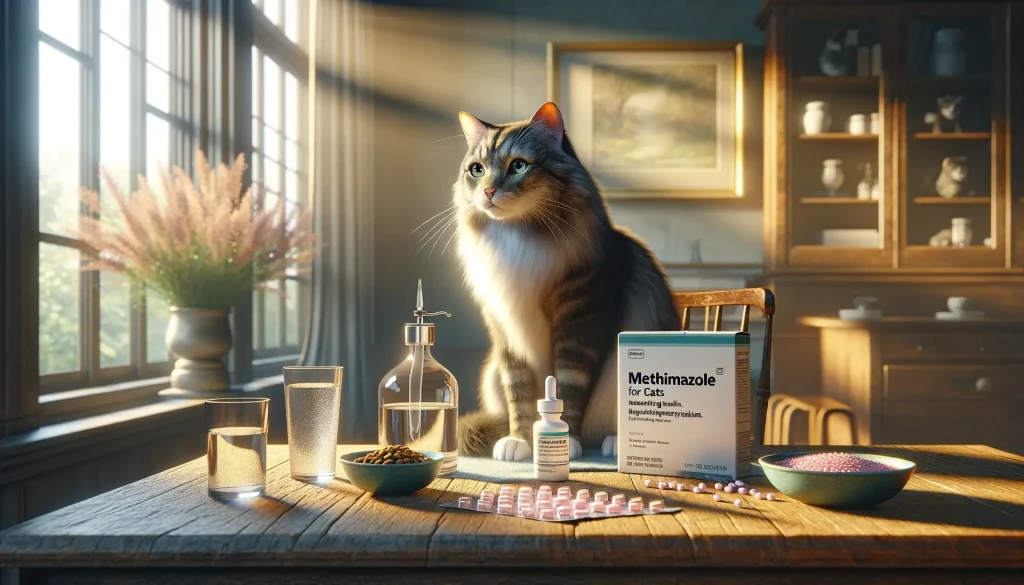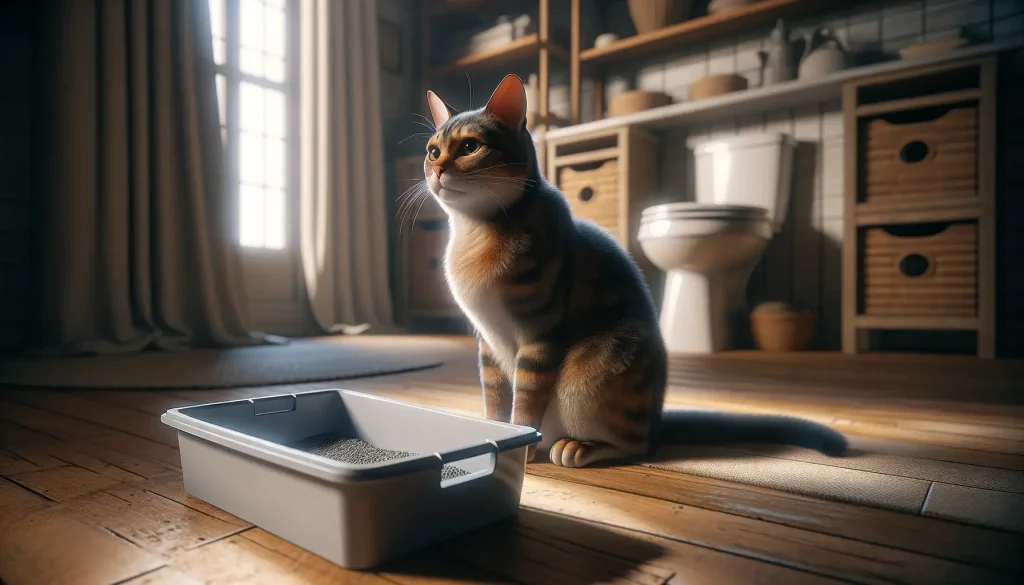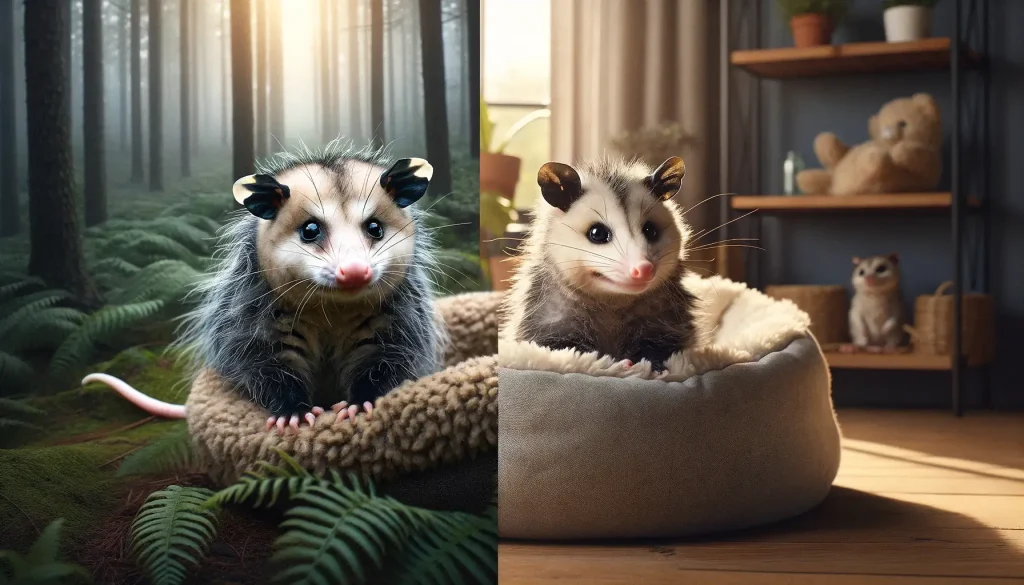
When we talk about the unique creatures that roam our planet, the opossum holds a special place in the hearts of wildlife enthusiasts and researchers alike. Known for their distinctive ability to play dead when threatened, opossums are more than just interesting animals—they’re a fascinating subject for study, particularly when it comes to understanding their lifespan in the wild versus in captivity.
Let’s dive deep into what makes the opossum lifespan a topic worth exploring, highlighting the differences between their survival in the wild and the more controlled environment of captivity. What factors contribute to their relatively short lifespan, and how does captivity extend it? These are questions we’ll tackle, offering insights backed by data and enhancing our appreciation for these remarkable mammals.
Lifespan: The Basics
To fully appreciate the life cycle of opossums, it’s essential to first understand their general lifespan, which is remarkably short for a mammal of their size. Typically, in the wild, opossums have an average lifespan of only about 1 to 2 years. This brief lifespan is quite surprising when compared to other similar-sized mammals, which often live much longer. For instance, raccoons, which are roughly similar in size, can live up to 3 to 5 years in the wild and even longer in captivity.
When in captivity, the life expectancy of opossums undergoes a significant extension, often reaching up to 4 years or more. This notable increase can be attributed to the absence of predators, controlled diets, and access to veterinary care. In a protected environment, the factors that usually contribute to their short lifespan in the wild, such as diseases, predation, and food scarcity, are largely mitigated.
The rapid aging process in opossums, known as senescence, is a key aspect that contributes to their short lifespans. Studies have shown that opossums exhibit signs of aging at a much faster rate than many other mammals. For example, they start showing signs of age-related deterioration such as cataracts and joint degeneration quite early in their life. This accelerated aging process has been a subject of interest among scientists, as it presents an opportunity to study aging mechanisms in mammals.
This distinct difference in lifespan between wild and captive opossums highlights the significant impact environmental conditions have on the longevity of wildlife species. Understanding these dynamics is crucial for wildlife conservation efforts and offers valuable insights into the biology and ecology of the opossum.
Certainly, I’ll expand on the section with additional details and facts, while maintaining the SEO-friendly format:
Comparing Lifespan: Wild vs Captivity
Understanding the stark contrast in lifespan between wild and captive opossums requires a closer look at the various environmental and biological factors influencing their survival.
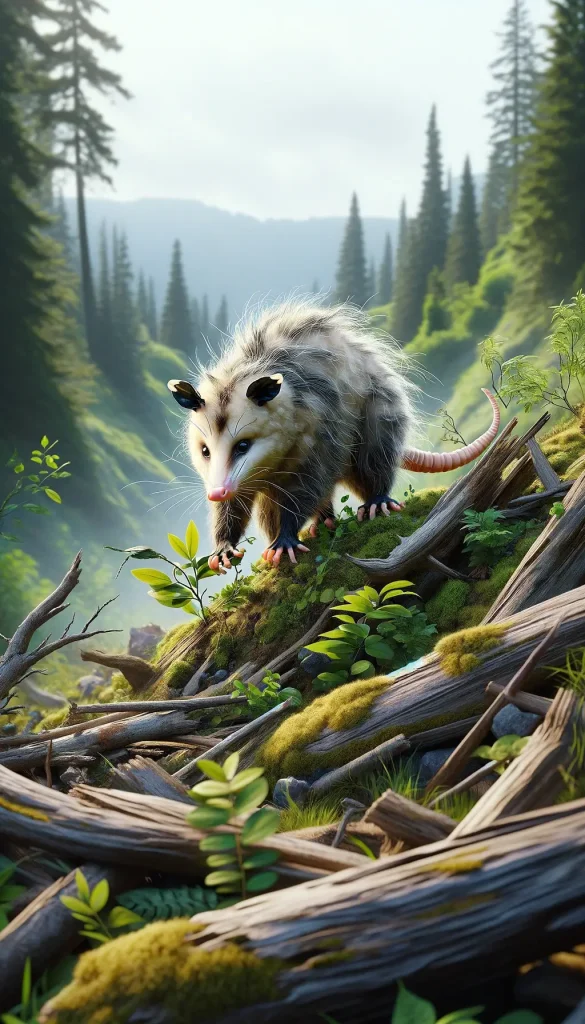
Threats in the Wild
In their natural habitat, opossums face numerous challenges that drastically reduce their lifespan:
- Predation: They are often prey for owls, foxes, coyotes, and larger mammals. Predation is a significant factor, especially for young and less experienced opossums.
- Food Competition: Opossums often compete with other animals for food resources, which include insects, small rodents, fruits, and even carrion. This competition can be intense, particularly in areas with high animal population densities.
- Harsh Weather Conditions: Being native to North America, opossums are exposed to diverse weather conditions, ranging from intense cold in northern regions to heat in southern areas. They often struggle to find shelter and maintain their body temperature, leading to higher mortality rates.
- Disease and Parasites: Wild opossums are susceptible to a variety of diseases and parasites, which can significantly impact their health and longevity. Without access to veterinary care, these conditions often go untreated.
- Vehicle Collisions: As urban expansion encroaches on their habitats, opossums frequently encounter roads and face a high risk of vehicle collisions, which is a leading cause of death among urban wildlife.
The Captivity Advantage
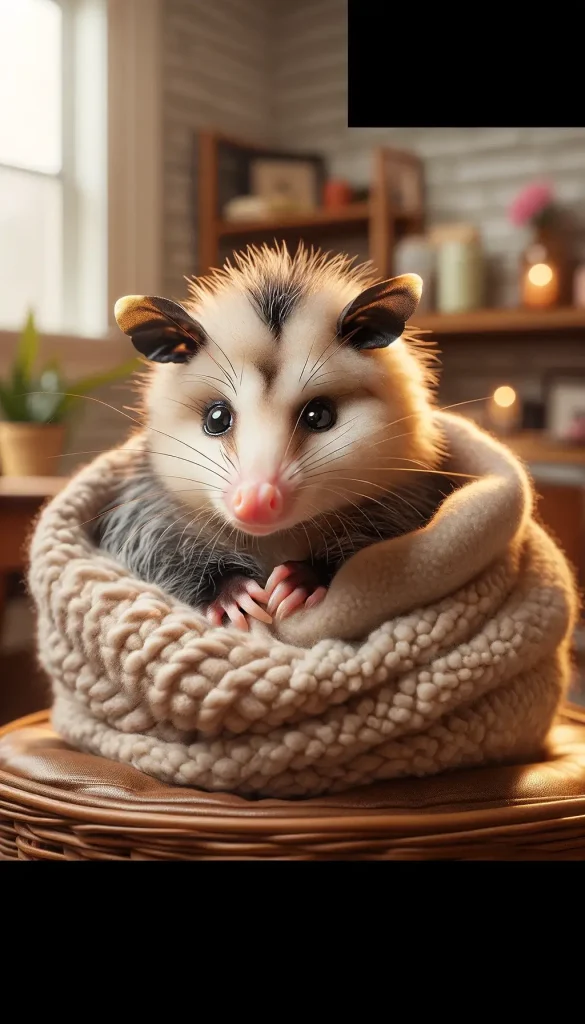
Conversely, opossums in captivity enjoy several benefits that can extend their lifespan significantly:
- Steady Food Supply: Captive opossums have a consistent and balanced diet, reducing the stress of foraging and ensuring proper nutrition.
- Protection from Predators: In captivity, the threat of predators is virtually non-existent. This safe environment allows opossums to live without the constant stress of predation.
- Medical Care: Access to veterinary services for regular health check-ups and treatment of illnesses plays a vital role in prolonging their lives. This includes vaccinations, parasite control, and treatment for injuries.
- Controlled Environment: Captive opossums are sheltered from extreme weather and have regulated living conditions. This controlled environment reduces the risks associated with exposure to severe weather.
- Reduced Stress from Human Interaction: In a controlled environment, opossums are not exposed to the same level of human-related stressors, such as traffic or urban development, that they would encounter in the wild.
These factors collectively contribute to the notable difference in the lifespan of opossums depending on their living conditions. While wild opossums struggle with environmental challenges and predation, their captive counterparts benefit from stable conditions and human care, illustrating the significant impact of environment and human intervention on wildlife longevity.
Factors on Lifespan of Wild vs Captive Opossums
| Factor | Impact on Wild Opossums | Impact on Captive Opossums |
|---|---|---|
| Predation | High – Predators like owls, foxes, coyotes | None – Predators are not present |
| Food Competition | High – Competition with other animals | None – Consistent and balanced diet |
| Weather Conditions | High – Struggle to maintain body temperature | None – Sheltered from extreme weather |
| Disease and Parasites | High – Diseases and parasites go untreated | High – Regular health check-ups and treatment |
| Vehicle Collisions | High – Frequent vehicle collisions | None – No exposure to traffic |
| Steady Food Supply | Low – Irregular and competitive foraging | High – Guaranteed access to food |
| Protection from Predators | Low – Constant threat from predators | High – Safe from predatory threats |
| Medical Care | Low – No access to veterinary care | High – Access to veterinary services |
| Controlled Environment | Low – Exposed to severe weather | High – Regulated living conditions |
| Reduced Stress from Human Interaction | Low – High stress from urban development | High – Minimal human-related stressors |
Lifespan Data in Detail
This table encapsulates the core difference in opossum lifespan when comparing their existence in the wild versus captivity, highlighting the significant increase in years for those kept in a controlled environment.
| Location | Average Lifespan |
|---|---|
| Wild | 1-2 years |
| Captivity | 4+ years |
Beginner Guide to Raising Quail at Home
What are the Signs of a Dog Concussion?
What Causes Your Dog’s Ears to Smell Bad?
When your dog’s ears start to emit an unpleasant odor, it might leave you puzzled…
Methimazole Treatment for Cat Hyperthyroidism
Methimazole plays a crucial role in managing feline hyperthyroidism, a condition marked by an overactive…
Got Hummingbirds in your Backyard? Here’s How to Care for Them.
Why Does Your Cat Pee Outside the Litter Box?
Cat’s Litter Box Issues It’s not uncommon for cat owners to face the frustrating dilemma…



